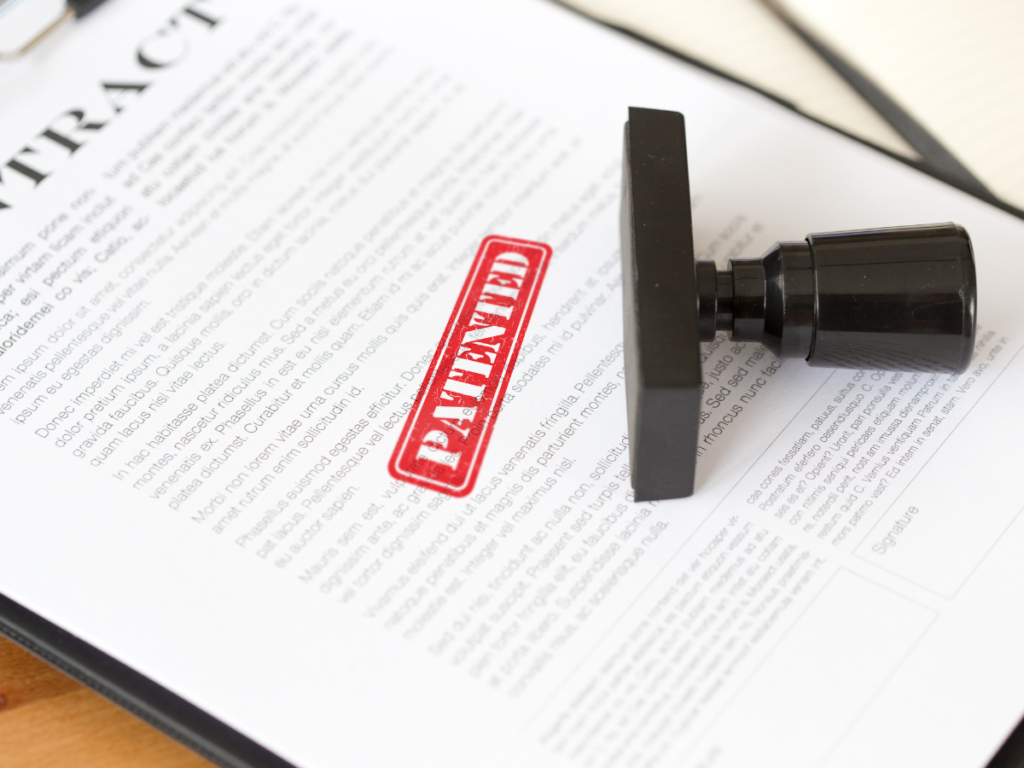
Have you come up with an invention? Congratulations–but your work isn’t done just yet! The next step is to apply for your patent, which will include providing a certain amount of information in your application. In general, you must give enough information to provide ‘enablement’. If you can’t do that, the USPTO may decide not to issue your patent or your invention may be taken away from you eventually in a lawsuit where your are seeking damages.
Not sure how to provide enablement or what this term means? Here’s a short guide on the enablement requirement and what you need to do to pass it successfully.
What Constitutes Enablement or an “Enabling Disclosure”?
The definition of enablement is relatively concise. You’ll pass the enablement requirement if you provide a disclosure that teaches a person knowledgeable in the field of your patent how to use your invention (“enabling disclosure”). You don’t need to demonstrate every possible application of your patent, but the person testing it needs to be able to make it work without further experimentation.
If your patent claim is broad enough, you’ll need to offer enough data to prove a principle of general application. In this case, the person testing the invention must be able to reasonably predict it will work with anything that falls within your broad claims. You shouldn’t characterize the patent based on the result achieved without providing the steps to make it work.
Elements of Enablement
Though enablement can come in many forms, the two main points your disclosure should include are the structure and function of your invention. Here’s what this involves.
Invention Structure
The structure can mean wildly different things for different inventions. The patent for app software, for example, will look very different from a patent for a microscope. In general, though, you’ll describe the structure of your invention by including the following elements:
- Drawings of your patent
- Dimensions of your patent
- Different components
- Arrangement of components
Describing an invention structure should also include its limitations. If possible, try to stay away from limiting your invention to what’s in the drawings or a one-sentence description. Instead, increase the scope of your patent by including other possible embodiments of it. Consider consulting a patent attorney to help you get the most out of your patent structure.
Invention Function
To prove your invention actually works, you’ll need to provide either in-vivo or in-vitro data. The amount of data will depend on how much prior art there is in your field. If there’s a lot of it, you’ll need to provide a lot of data to prove your invention hasn’t been created yet. In particularly crowded fields, you’ll also need data to prove your patent is (a) unique or (b) better.
Your disclosure can be conceptual in nature (“conceptual reduction to practice”), i.e. it doesn’t need to include actual experimentation. All you need to do is describe the experiments and provide a plan to carry them out in the future. That said, this may likely involve a supplementary application down the road to include experimental results.
An invention that has experimentation where the application shows the benefits of the invention is termed “actual reduction to practice,” and, in some cases, may be preferred by examiners in the United States Patent and Trademark Office.
